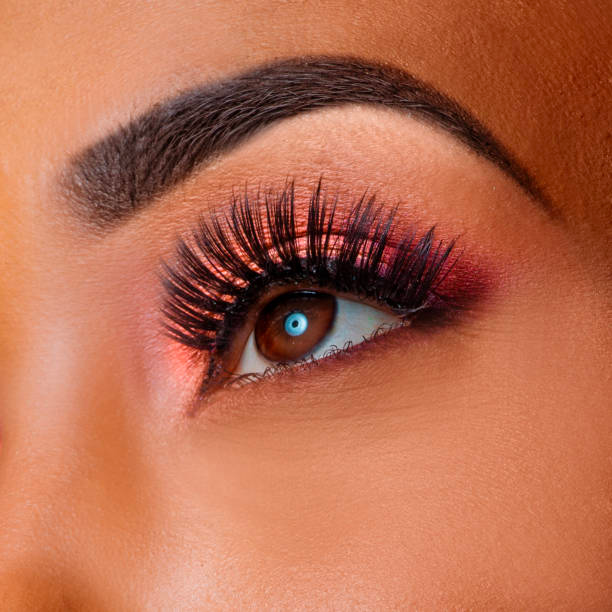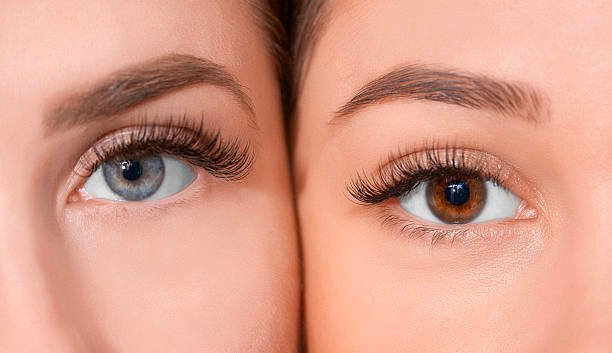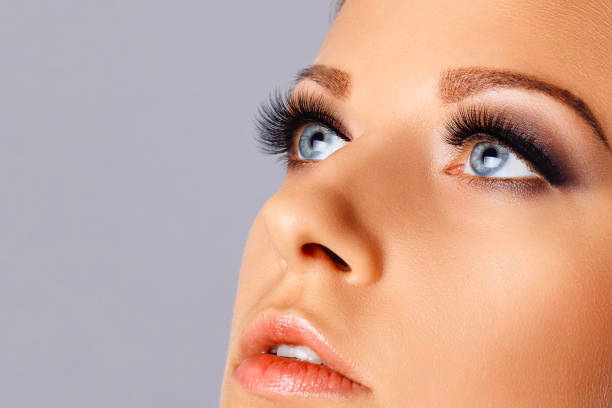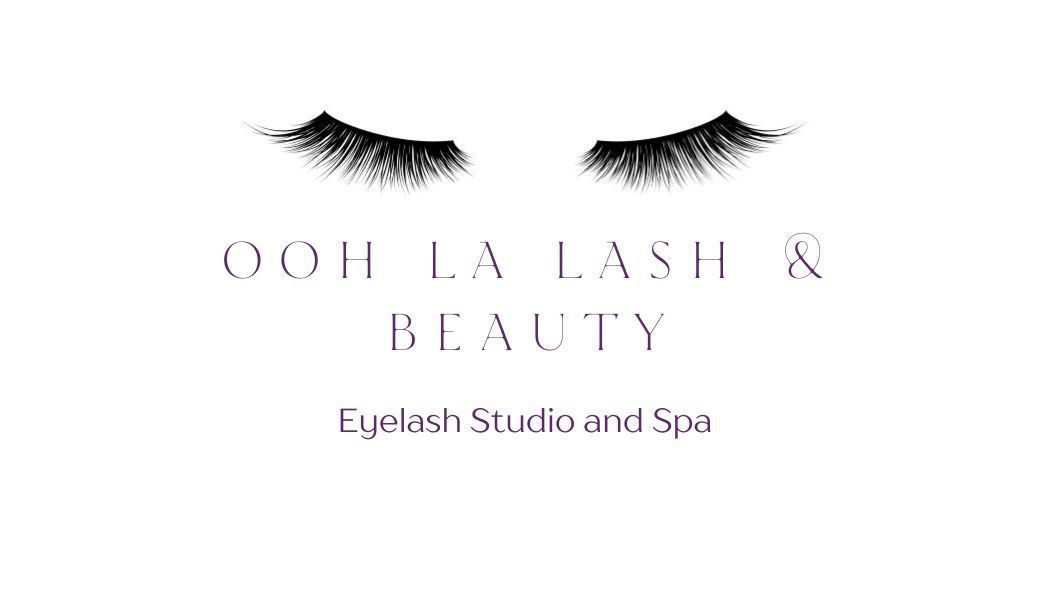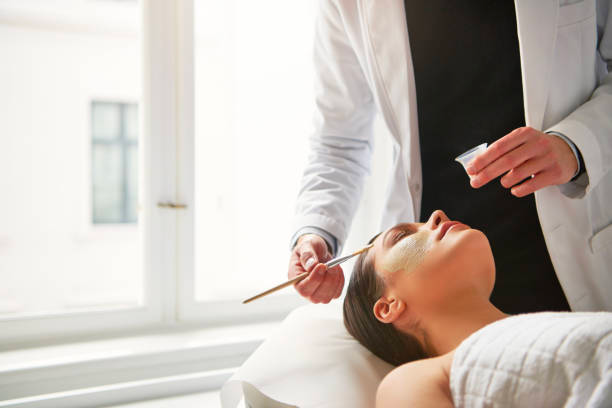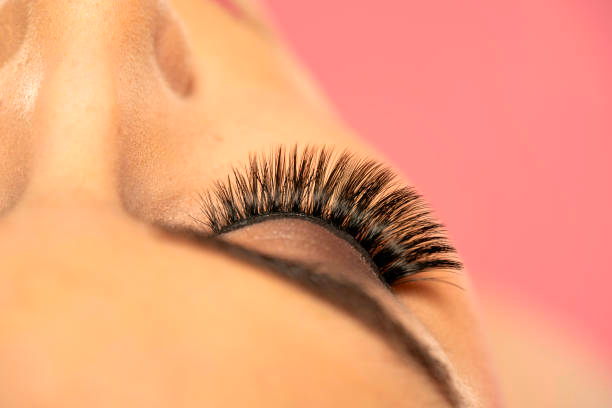Decoding Skincare: Fact vs. Fiction & The Truth About Pricing
Is skincare a true story? The film
Skincare, a Los Angeles thriller, highlights the obsession with beauty and the lies we tell ourselves about achieving it. But the real story of skincare is far more complex and fascinating than fiction. It's a blend of science, marketing, and personal choices. This article dives deep into the world of skincare, separating fact from fiction, examining pricing strategies, and helping you navigate the sometimes overwhelming world of beauty products. We'll explore the science behind common skin problems, debunk anti-aging myths, and help you understand potential allergic reactions. This guide will empower you, our valued Ooh La Lash and Beauty salon clients, to make informed decisions about your skincare routine.
Key Takeaways:
- Understand the science behind effective skincare.
- Recognize and avoid common skincare myths.
- Make informed choices about skincare products based on your budget and needs.
The Science of Skincare
Skin is your largest organ, constantly working to protect you. Understanding its needs is the first step to radiant, healthy skin. Evidence of skincare practices dates back to Ancient Egypt, but modern science has revolutionized our understanding of skin health. From the basic principles of cleansing, moisturizing, and sun protection, to addressing specific concerns like acne, dryness, or aging, we'll unravel the science behind effective skincare. Two dermatologists shared insights into common skin-care woes and their scientific solutions:
- Cleanse:
- Removing dirt, oil, and makeup is crucial for preventing clogged pores and breakouts. Choose a cleanser appropriate for your skin type (oily, dry, combination, sensitive).
- Moisturize: Hydration is key to maintaining a healthy skin barrier. A moisturizer helps to lock in moisture and prevent dryness.
- Sun Protection: Daily sunscreen use is non-negotiable. UV radiation is a major contributor to premature aging and skin damage. Choose a broad-spectrum sunscreen with an SPF of 30 or higher.
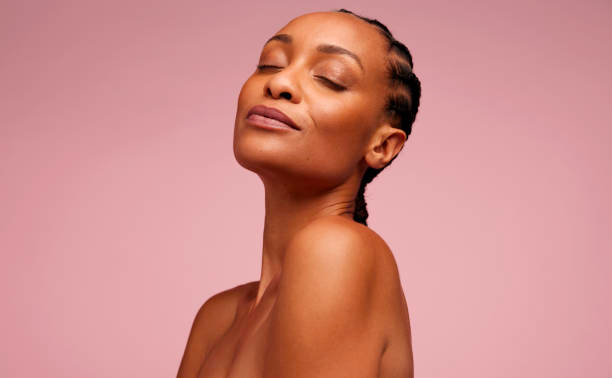
Debunking Skincare Myths & Pricing
The beauty industry is a multi-billion dollar market, filled with promises of youthful perfection. However, many claims are misleading. Let's debunk some prevalent myths:
- Myth 1: Expensive equals effective: While high-quality ingredients can be costly, price doesn't always equate to effectiveness. Marketing and branding significantly impact pricing. Understanding the cost breakdown—from research and development to marketing and retailer markups—will help you evaluate value.
- Myth 2: Nighttime skincare is more important than daytime: Both are crucial. Nighttime allows for repair and rejuvenation, while daytime protects against environmental stressors.
- Myth 3: One size fits all: Skincare needs vary based on skin type, age, and individual concerns. A personalized routine is essential.
Pricing Tactics in the Beauty Industry:
Cosmetics are expressions of identity and self-care. Pricing strategies often reflect the value proposition, target market, competition, and psychological factors influencing consumer behavior. Brands like La Mer leverage luxury packaging and perceived efficacy to justify high prices. However, understanding the cost breakdown will empower you to make informed purchases that align with your budget and needs. Consider the cost of ingredients, research, marketing, and retailer markups when evaluating skincare products.
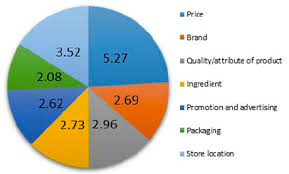
Skin Allergies and Sensitivities
Allergic reactions to skincare products are common. These reactions range from mild irritation to severe allergic contact dermatitis. Understanding potential allergens is crucial to prevent reactions. Common irritants include fragrances, preservatives, and certain active ingredients. Patch testing can help identify specific allergens. If you experience a reaction, discontinue use and consult a dermatologist.
The potency of a chemical's ability to induce sensitization varies. Repeated exposure to certain compounds, especially with UV radiation, can trigger delayed-type allergic reactions. Be mindful of ingredients and always conduct a patch test before applying new products to a large area of skin. If you have sensitive skin, opting for fragrance-free, hypoallergenic products is often a safer choice. Remember, prevention is better than cure.
Conclusion
The journey to healthy, radiant skin is a personal one. By understanding the science, debunking myths, and making informed choices about products and pricing, you can create a skincare routine that works for you. Remember, self-care is crucial, and your skin deserves the best. Embrace a consistent routine tailored to your skin's unique needs, and remember that true beauty comes from within. Start your self-care journey today.
